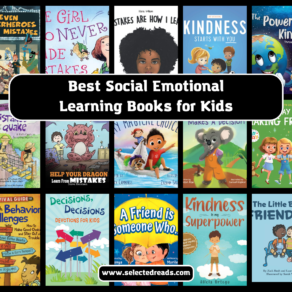Strategies to develop emotional agility is the topic of our blog post today!
Emotional agility is more than just a buzzword; it’s a vital skill set that allows individuals to navigate life’s twists and turns with self-acceptance, clear-sightedness, and an open mind. It’s about becoming more resilient, more effective, and more fulfilled. How do we achieve this crucial equilibrium in an ever-changing world?
A compelling answer to this question comes from the work of Susan David and Christina Congleton, particularly their paper published in the Harvard Business Review and Susan David’s insightful book, “Emotional Agility: Get Unstuck, Move On, and Live Your Success.”
These two authorities on the subject have dissected and laid out strategies that allow us to move beyond the quagmire of self-doubt, confusion, and rigidity, and toward a state of emotional flexibility and strength.
I’ve spent considerable time diving into Susan’s book, and I’ve written a review that elaborates on the critical aspects of emotional agility and how they resonate with my own experiences in teaching which you can check at Emotional Agility Summary.
But first, let’s delve into the strategies that they propose, both in the paper and the book, and see how we can integrate them into our daily lives and professional practice.
Strategies to Develop Emotional Agility
According to Susan Davis, emotional agility “is a process that allows you to be in the moment…[it] isn’t about ignoring difficult emotions and thoughts. It’s about holding those emotions and thoughts loosely, facing them courageously and compassionately, and then moving past them to make big things happen in your life.”
The strategies to develop emotional agility proposed by Susan David and Christina Congleton provide a comprehensive roadmap for leaders and individuals. Let’s take a closer look at each strategy:

1. Recognize Your Patterns:
- Understand Triggers: Identify what specific events, people, or situations hook you into negative thought patterns.
- Reflect on Reactions: Notice how you react when hooked. What behaviors do you exhibit? Recognizing these patterns is the first step toward change.
2. Label Your Thoughts and Emotions
- Name It to Tame It: By giving a name to your feelings or thoughts, you create a psychological distance from them, allowing for more objective understanding.
- Avoid Over-Identification: Make sure not to equate yourself with your emotions (e.g., instead of saying “I’m a failure,” say “I feel like I failed in this instance”).
3. Accept Them
- Embrace Feelings: Acceptance doesn’t mean agreement. Embrace feelings without judgment to understand them better.
- Avoid Suppression or Amplification: Neither hide nor overemphasize your emotions; acknowledge them as they are.
- Consider Mindfulness Practices: Tools like meditation or mindful breathing can facilitate this acceptance.
4. Act on Your Values
- Identify Core Values: Determine what truly matters to you in both personal and professional life.
- Align Actions with Values: Make decisions and choose behaviors that are congruent with your identified values.
- Set Clear Goals: Break down the value-aligned actions into achievable goals, and track your progress.
5. Seek Professional Support if Needed:
- If emotional agility becomes particularly challenging, working with a therapist or coach trained in Acceptance and Commitment Therapy (ACT) can be beneficial.
Final thoughts
From my years in the educational field, I’ve witnessed firsthand how these emotional agility strategies can be applied in various contexts, not just leadership. The ability to recognize, label, accept, and act according to one’s emotional state is crucial in teaching, mentoring, and learning environments.
In a classroom or in a leadership role at a school or educational technology company, these practices can pave the way for more empathetic communication, better decision-making, and an enhanced understanding of oneself and others. By implementing these strategies, we can foster a culture that values emotional intelligence and agility, which is vital for long-term success and well-being.






